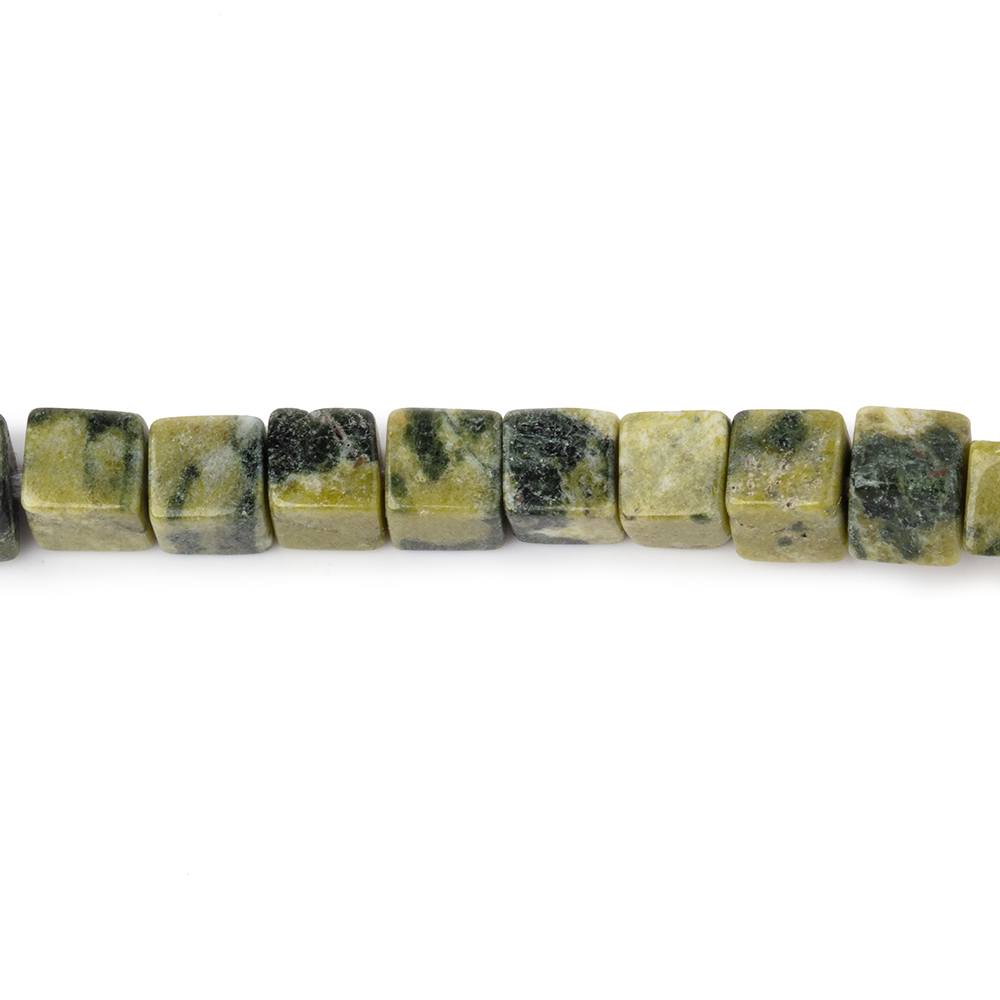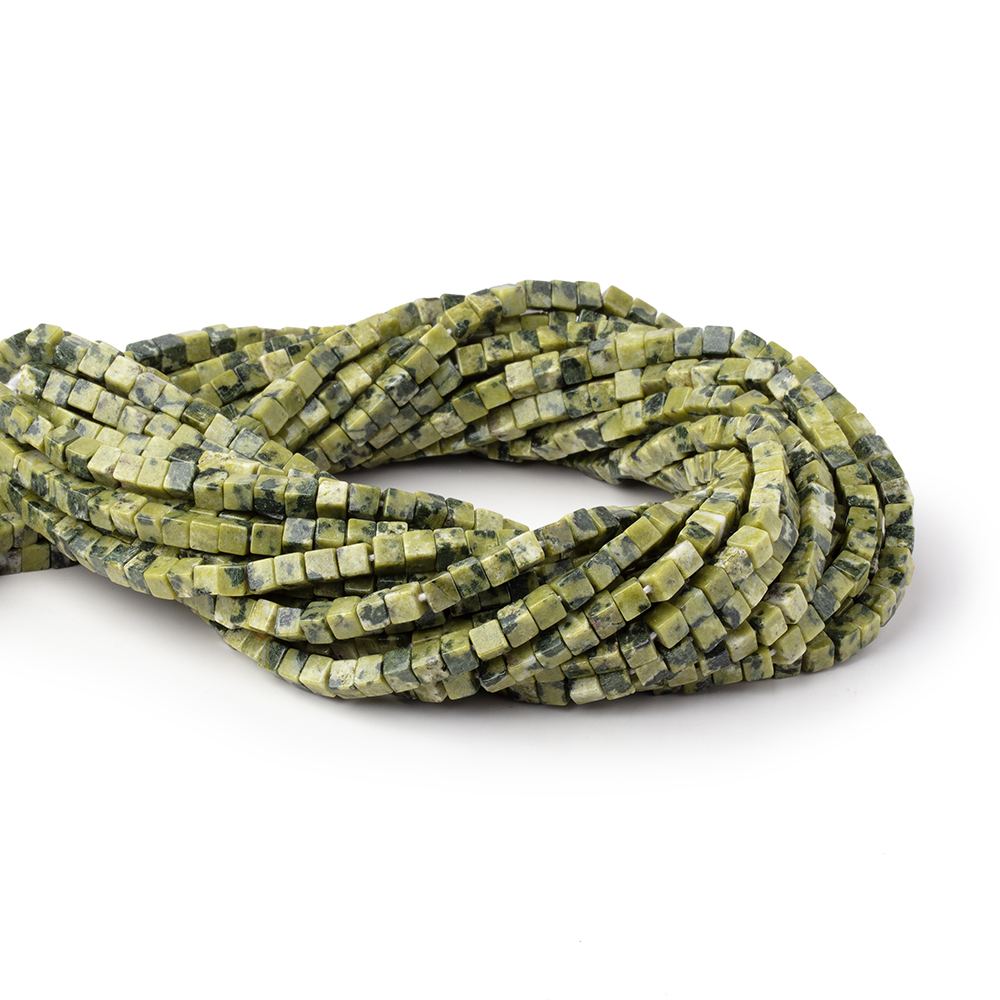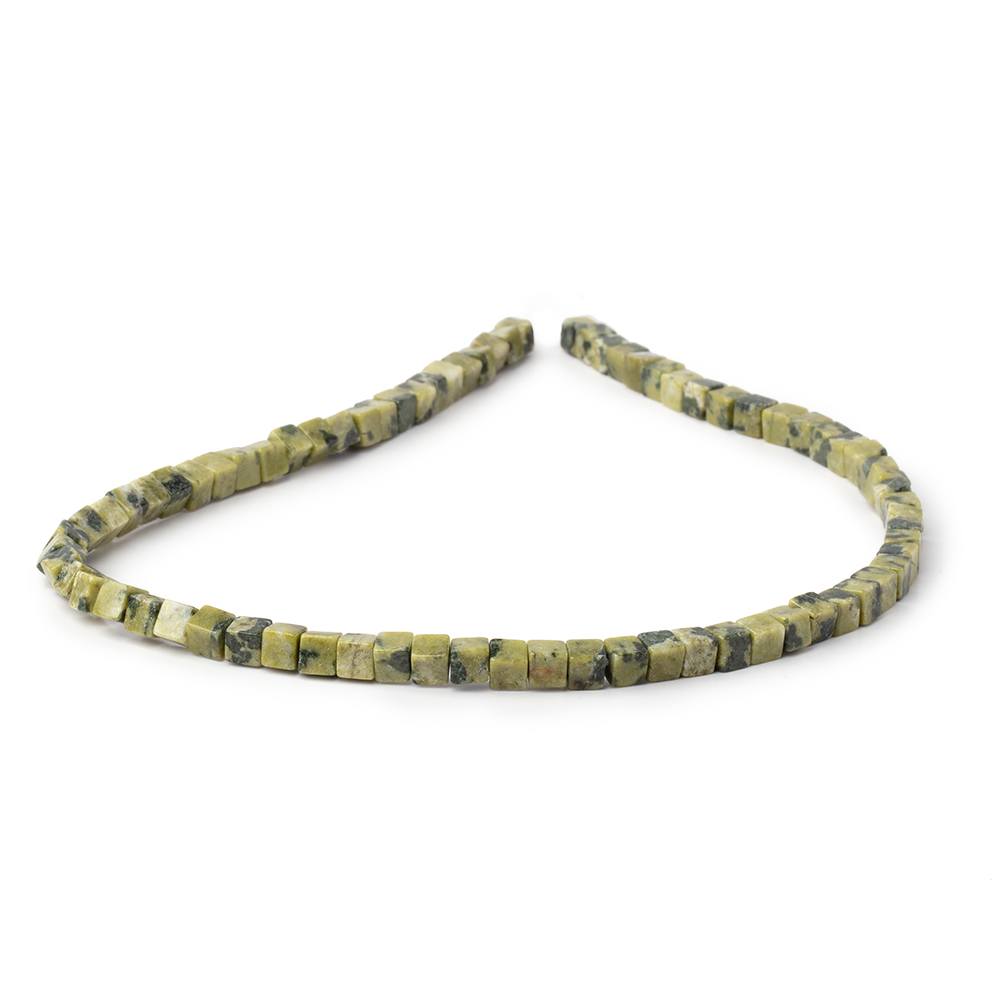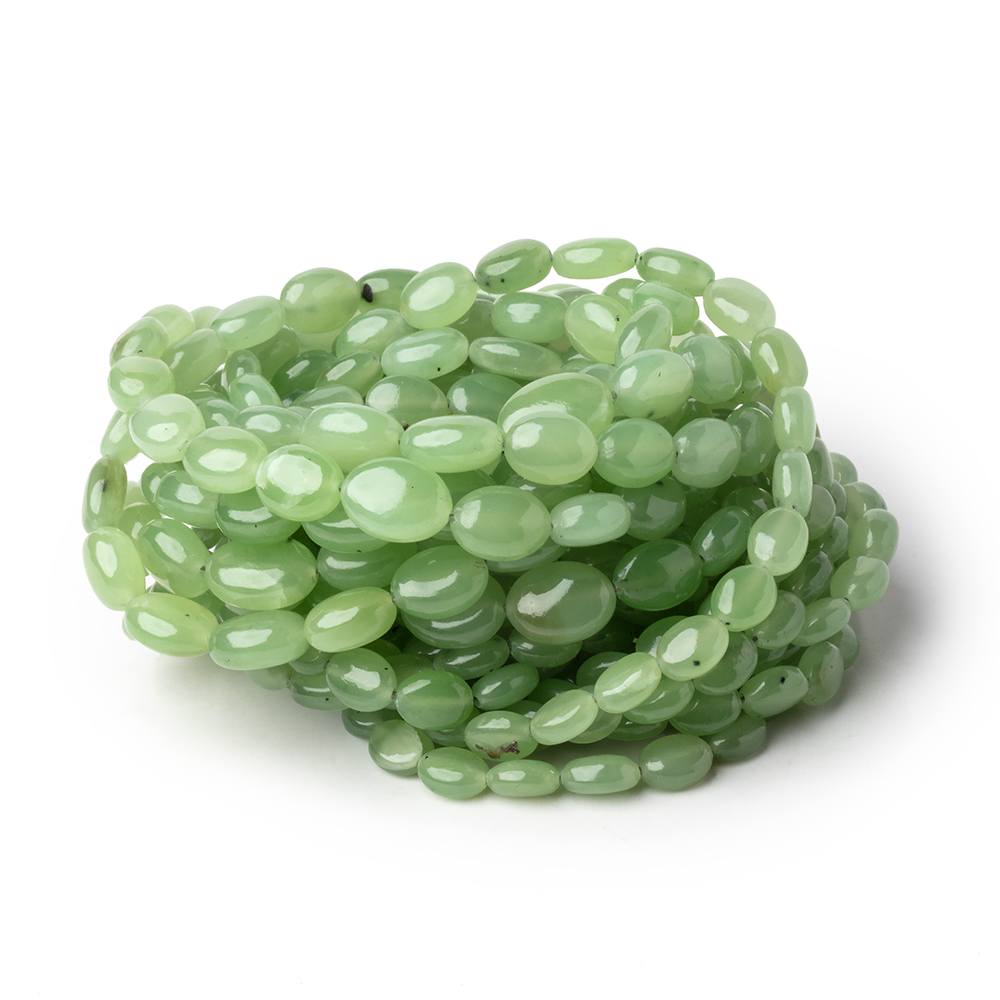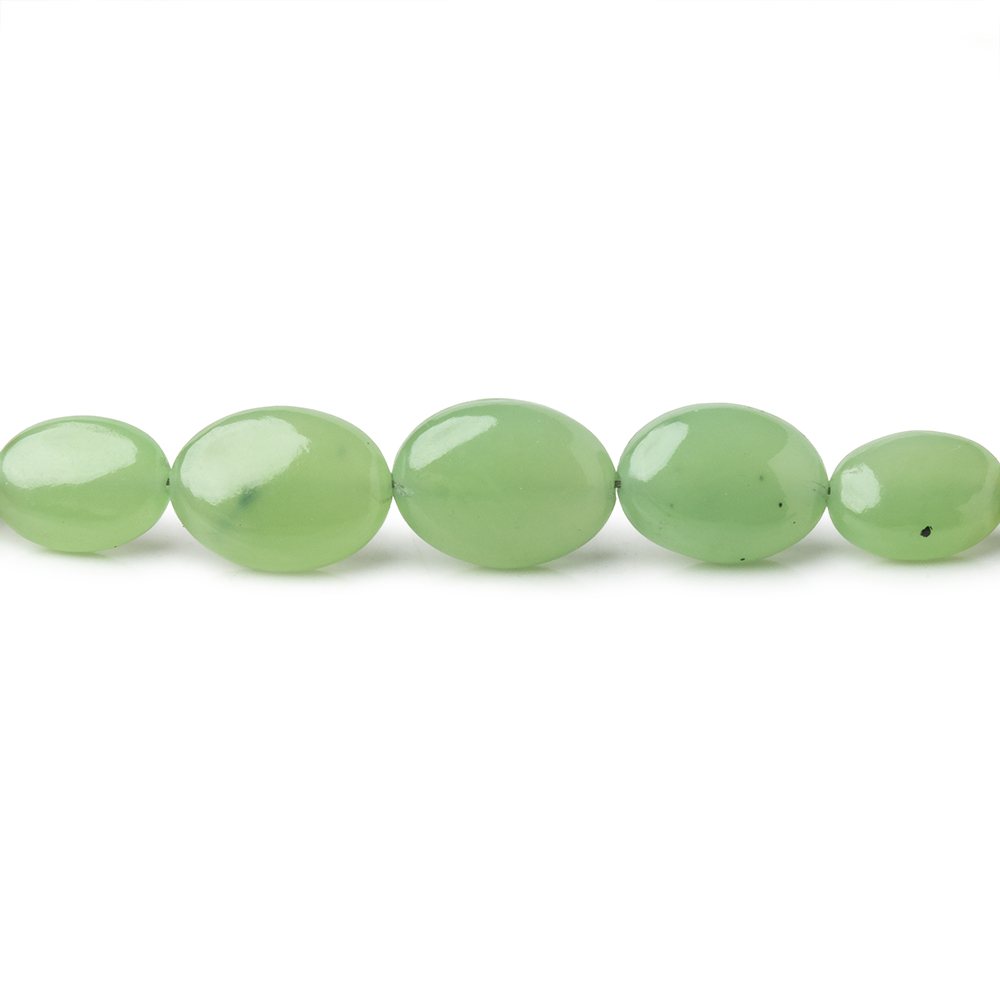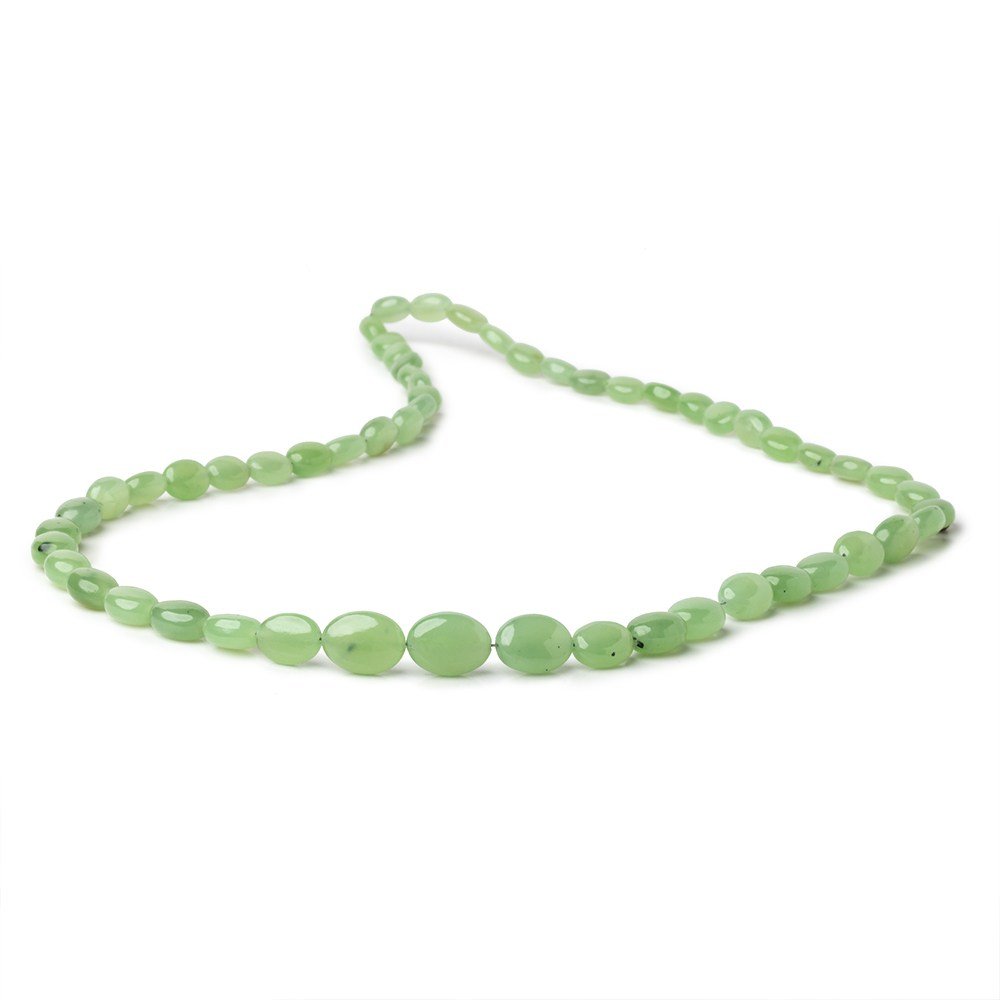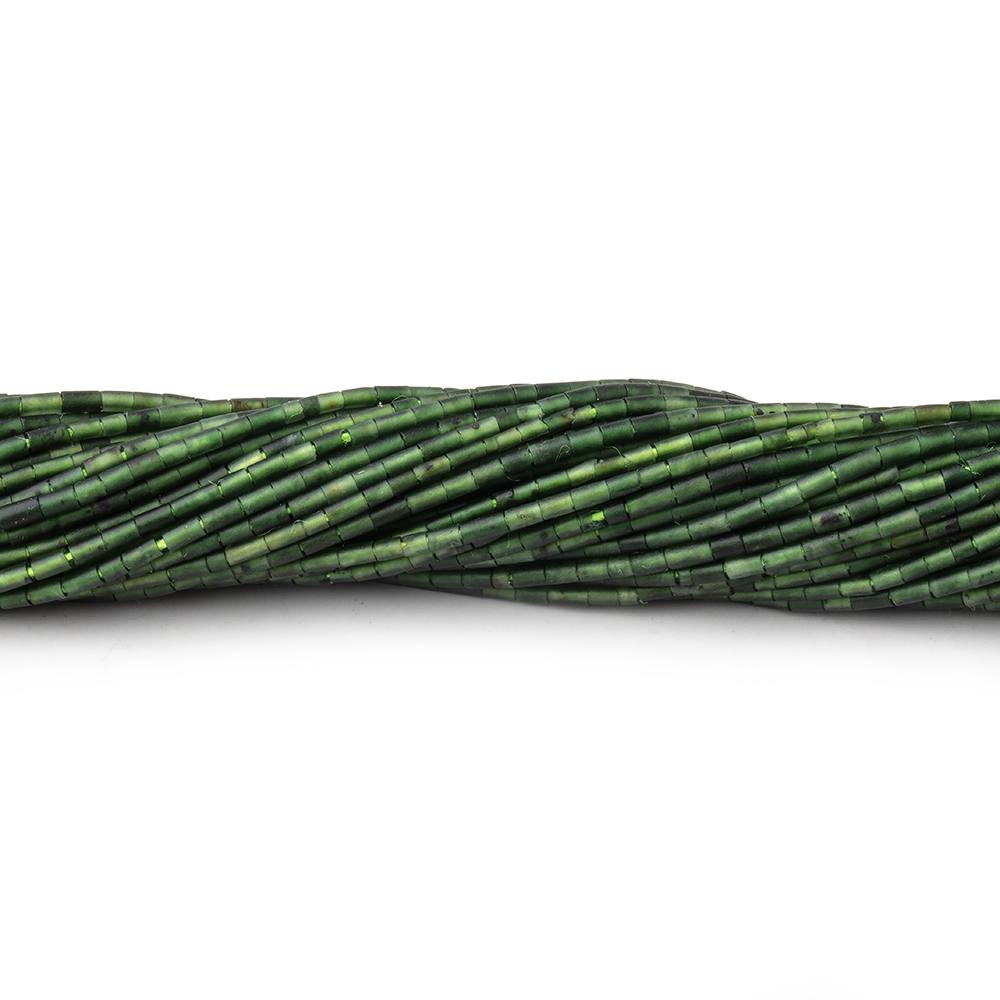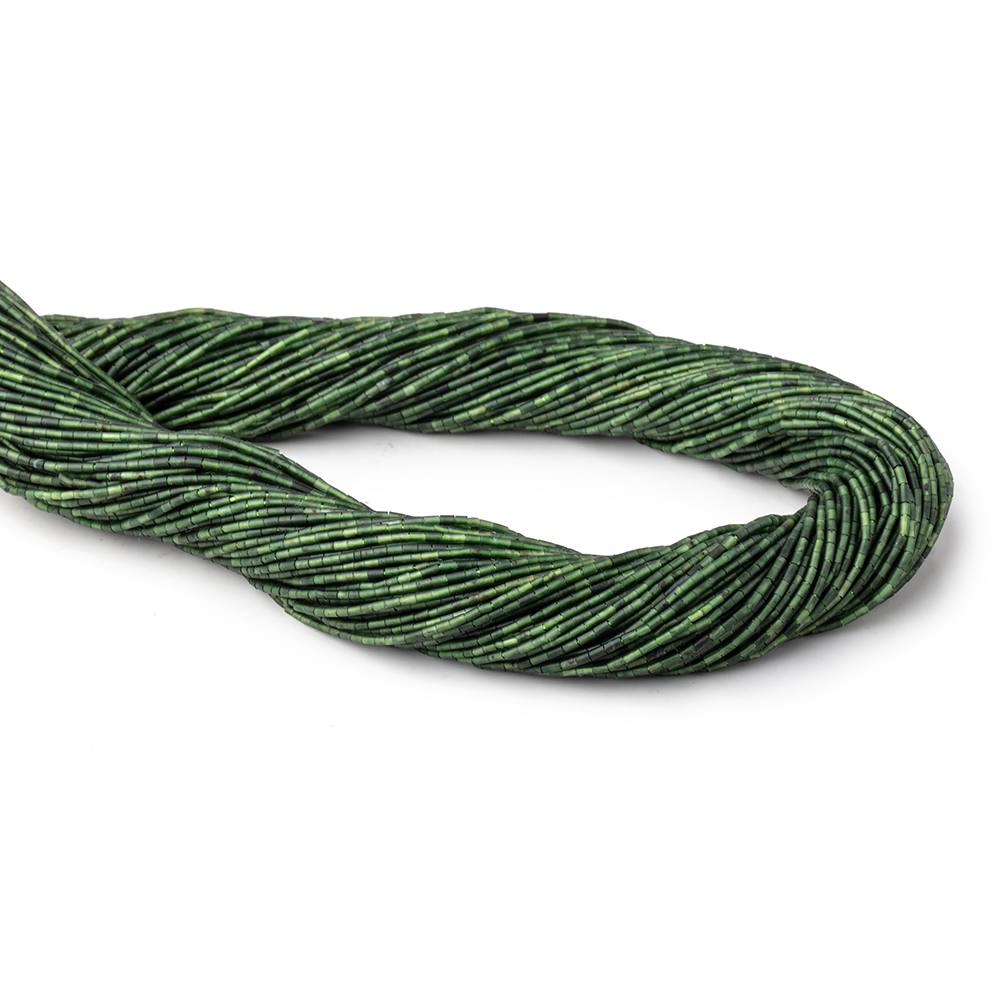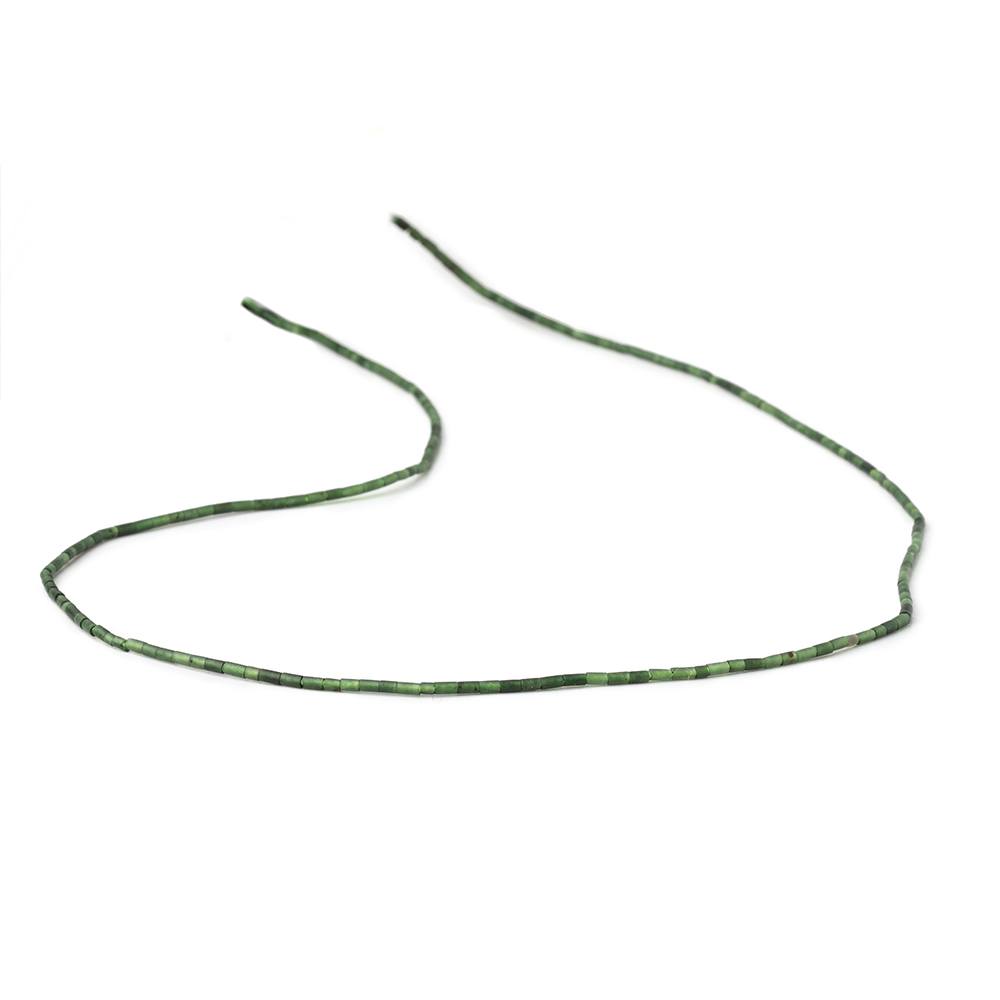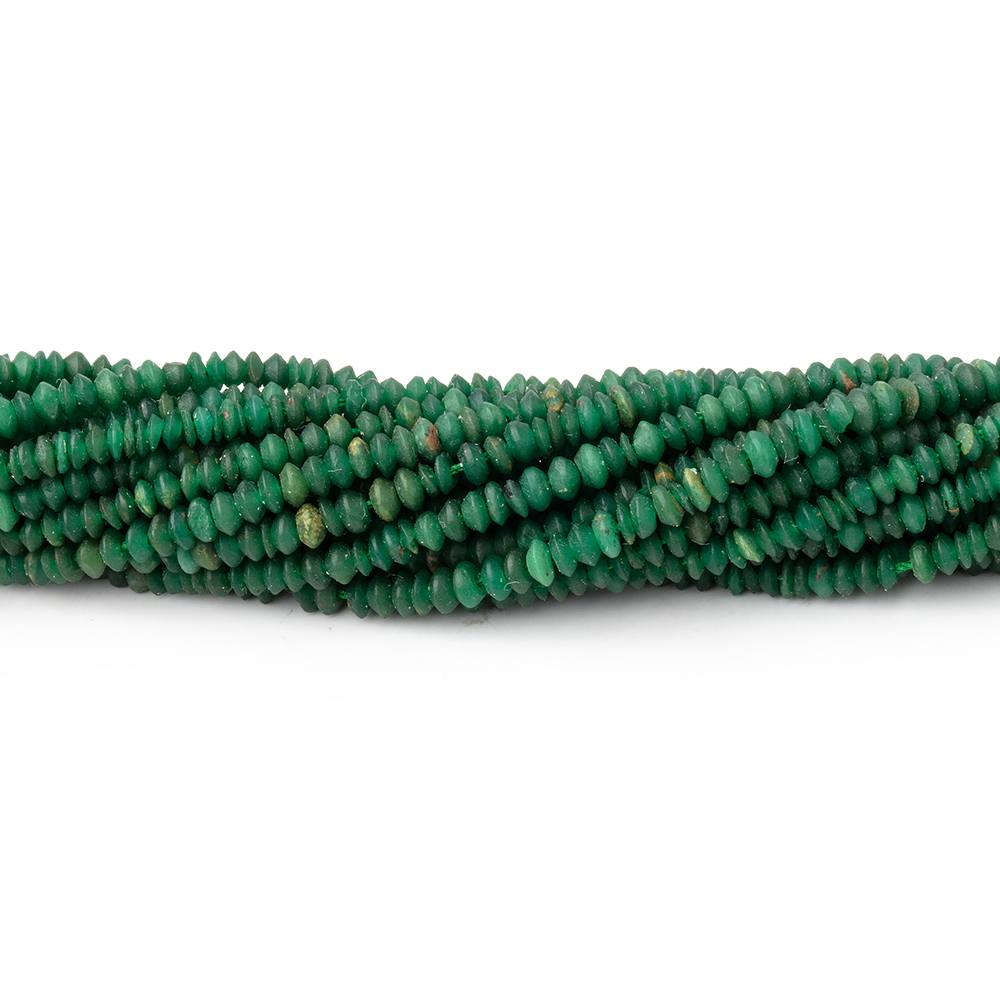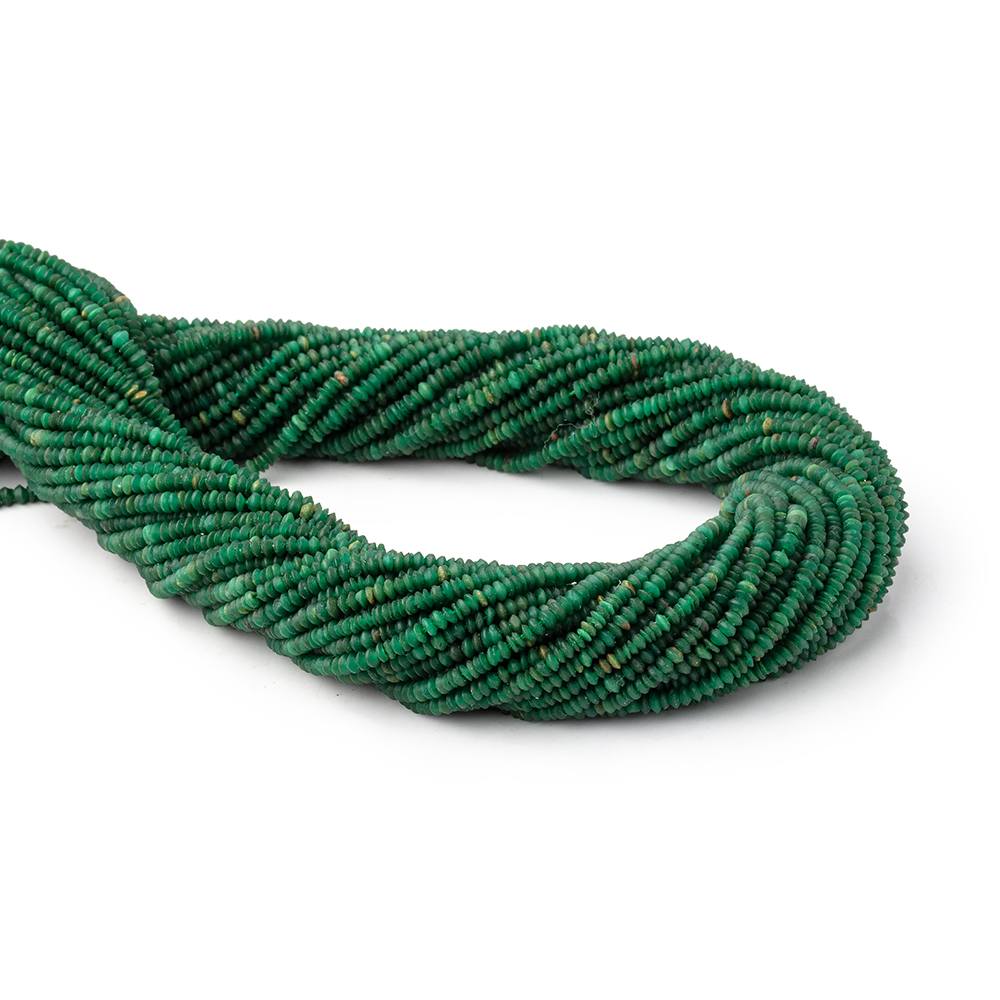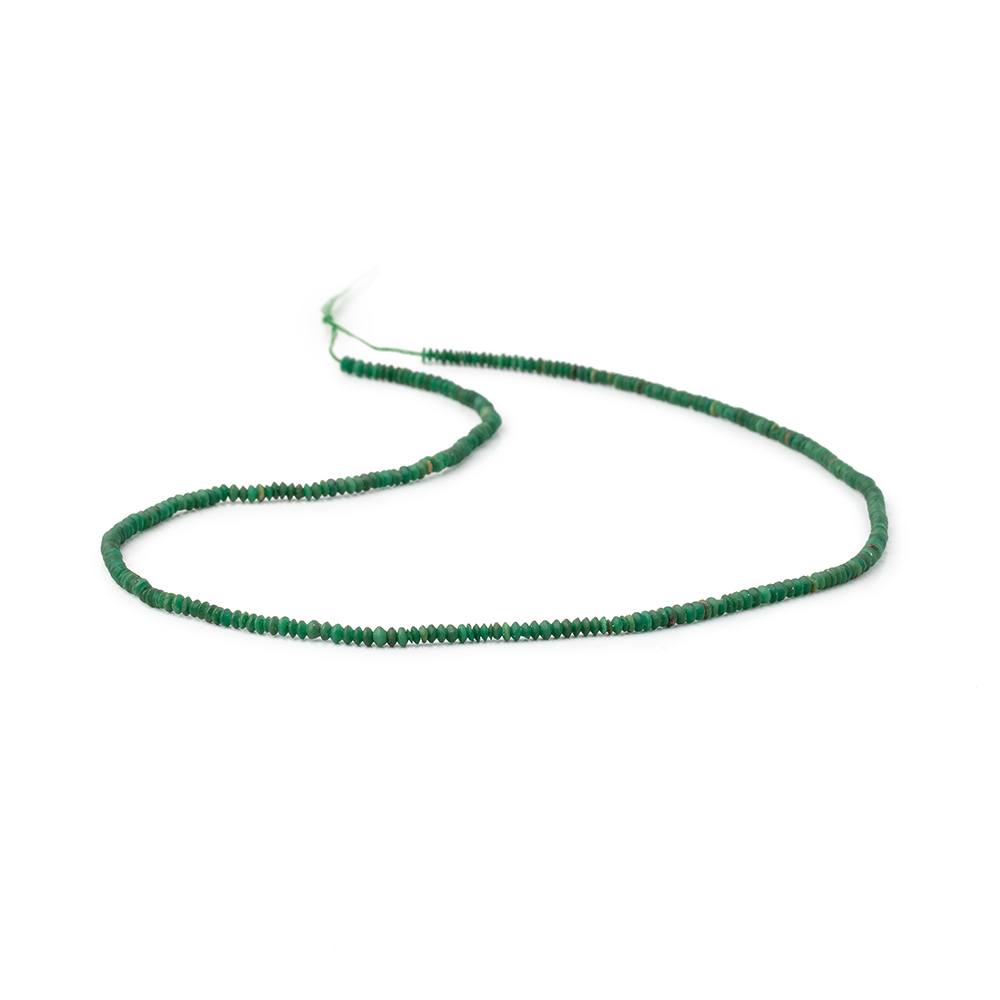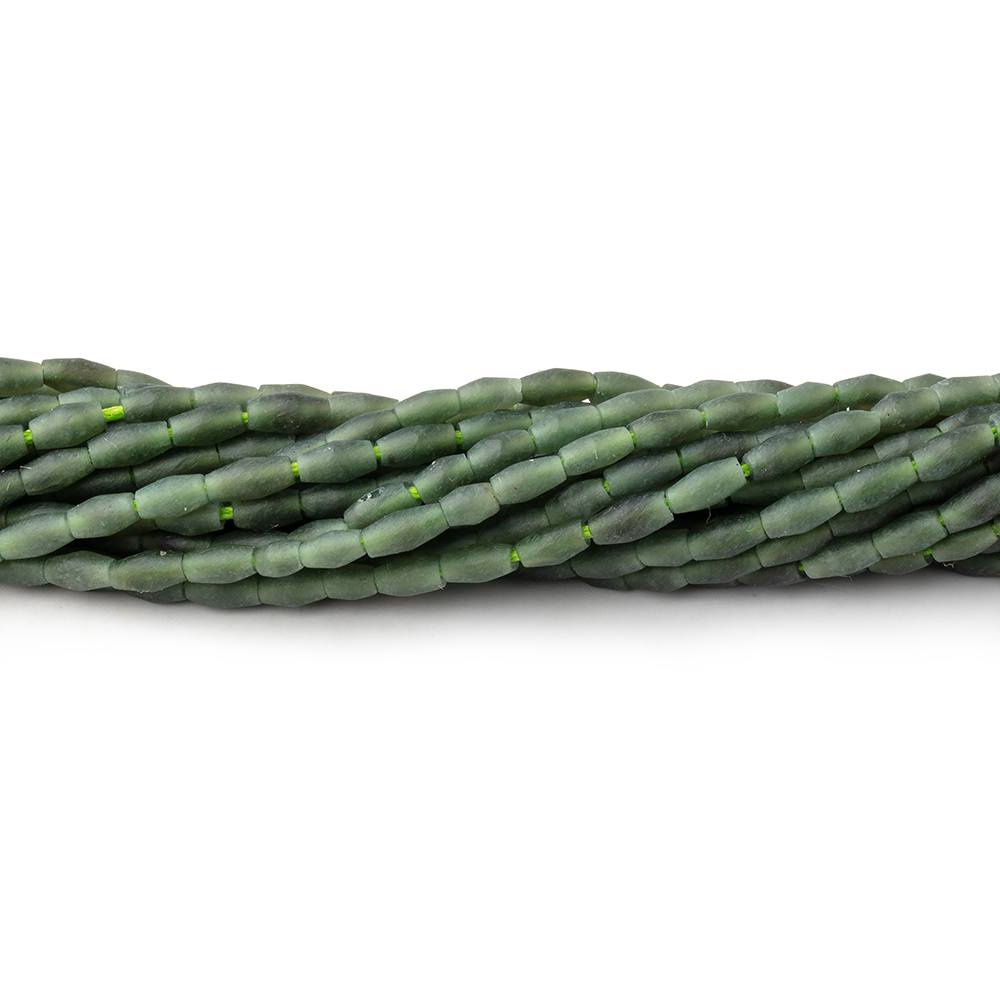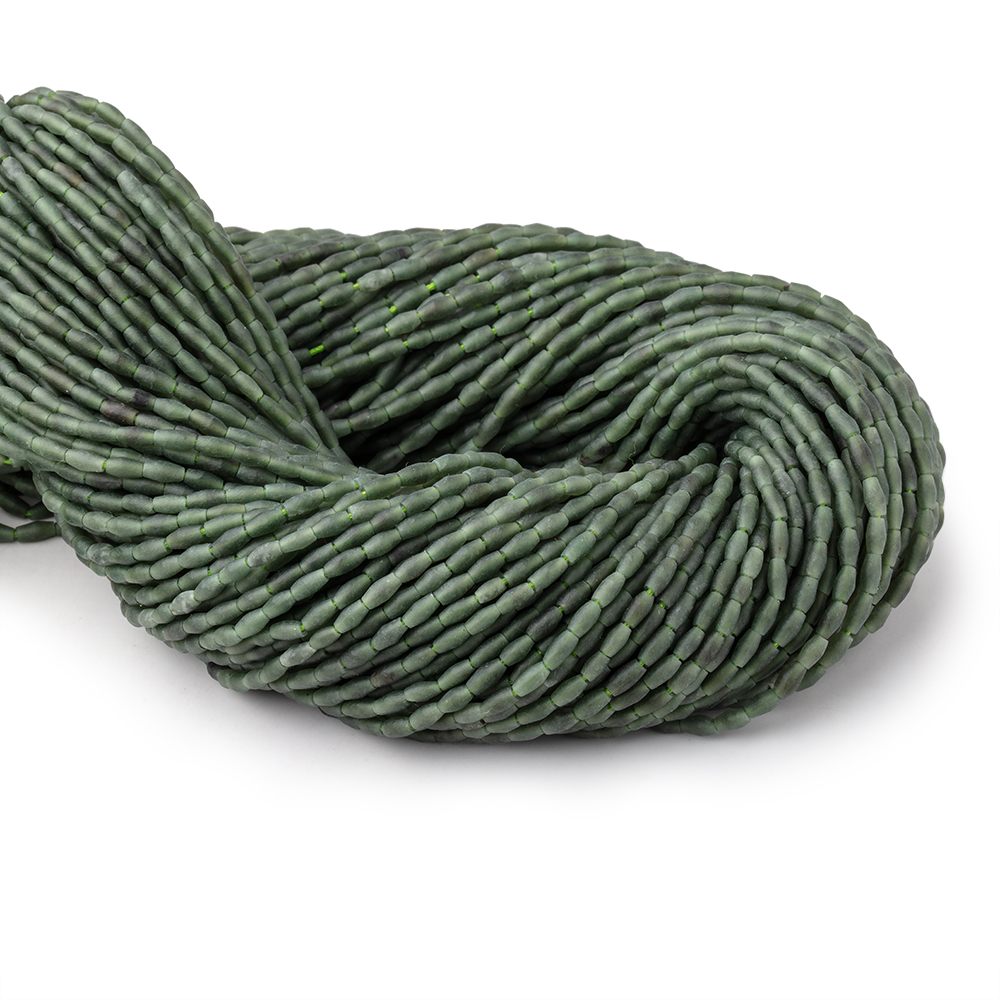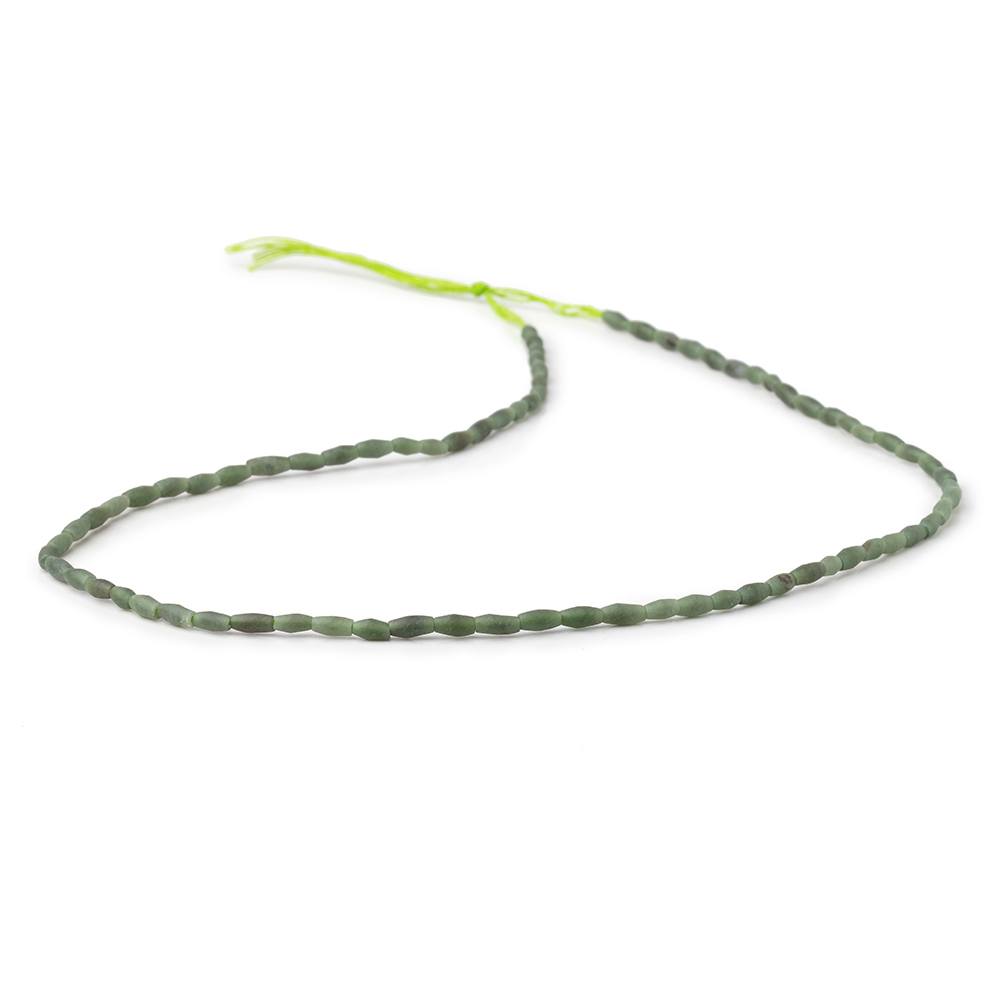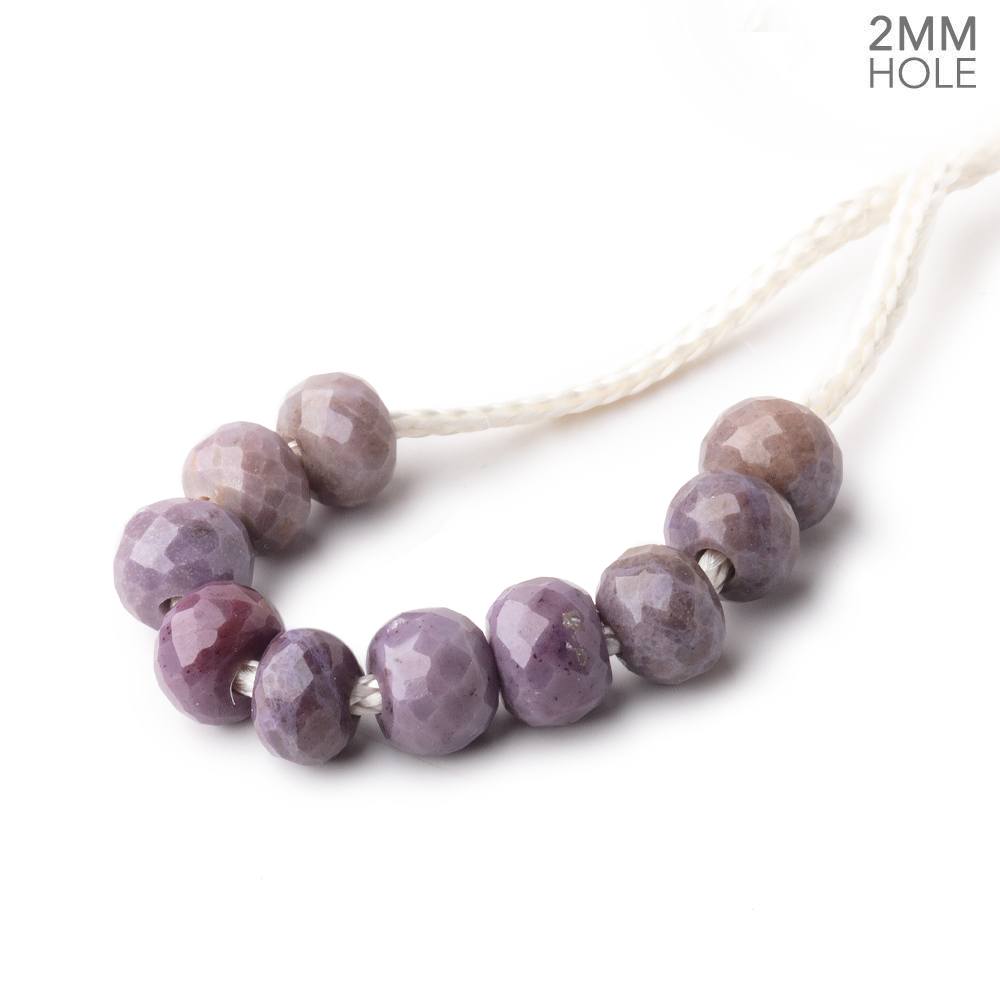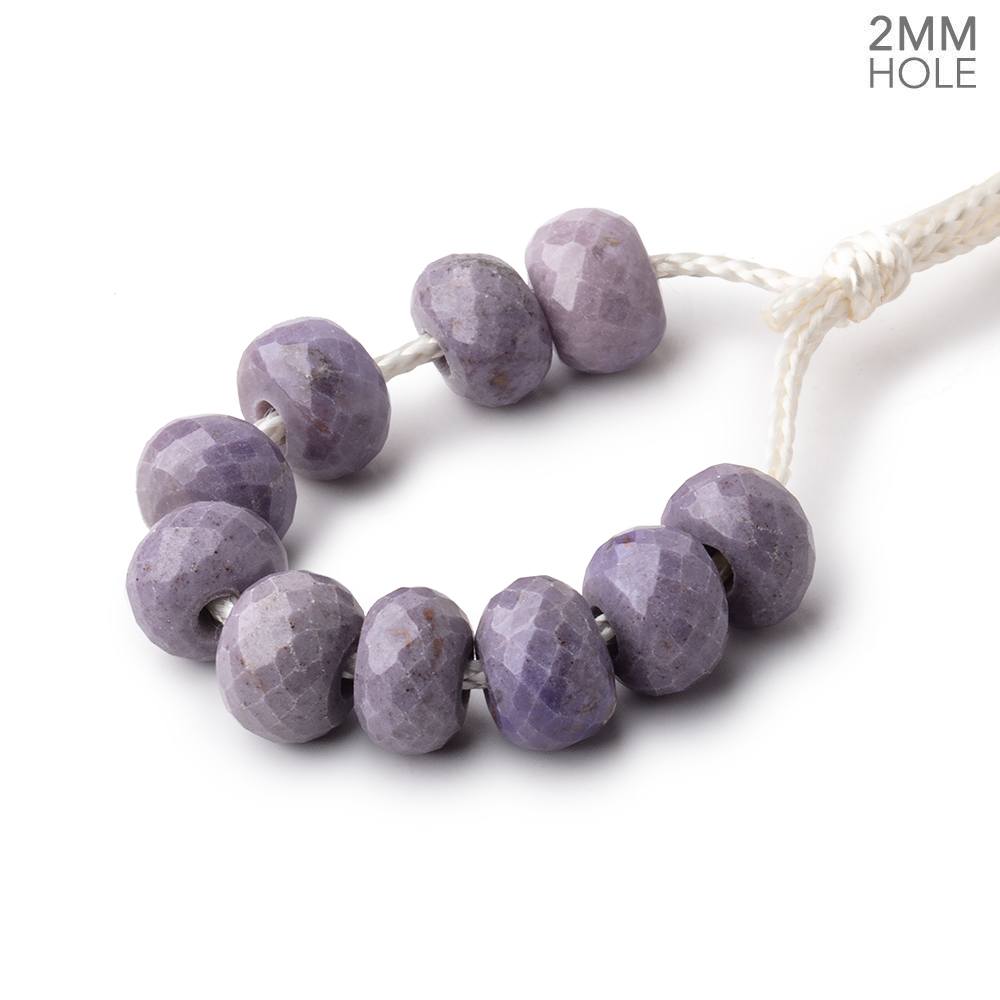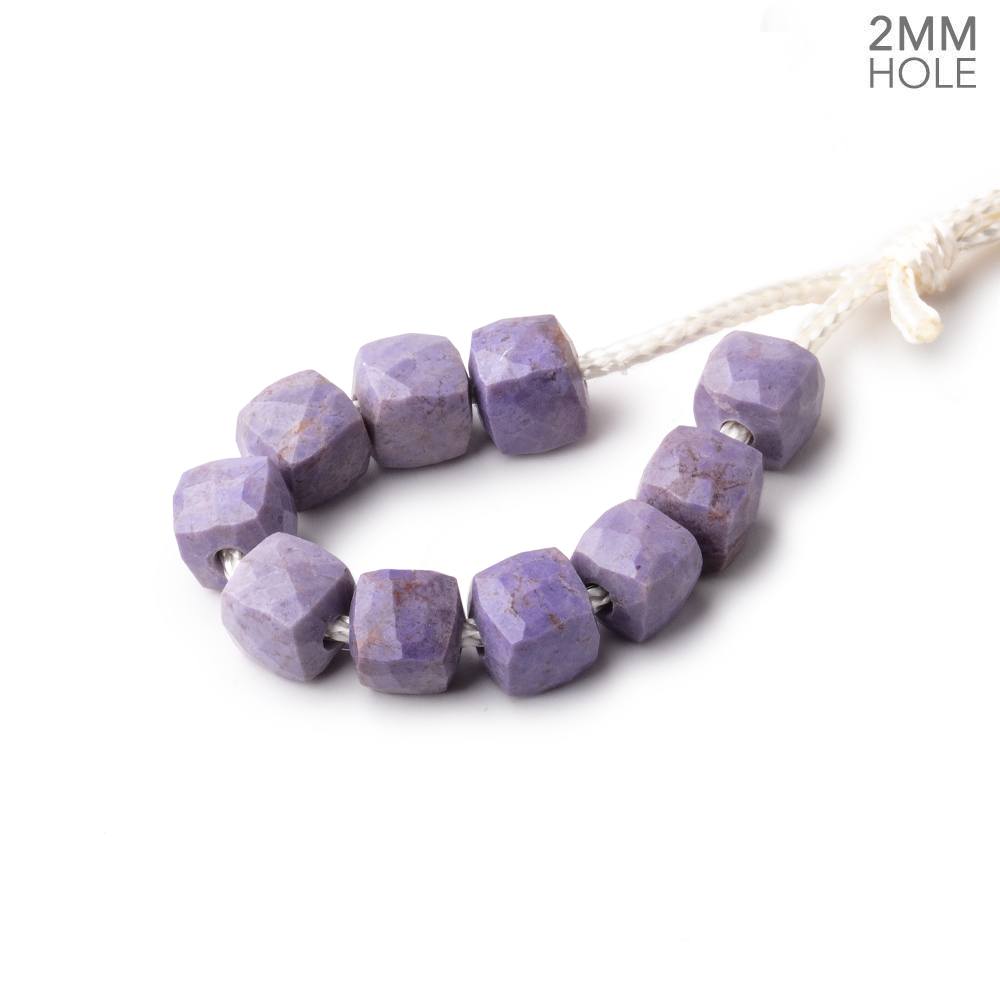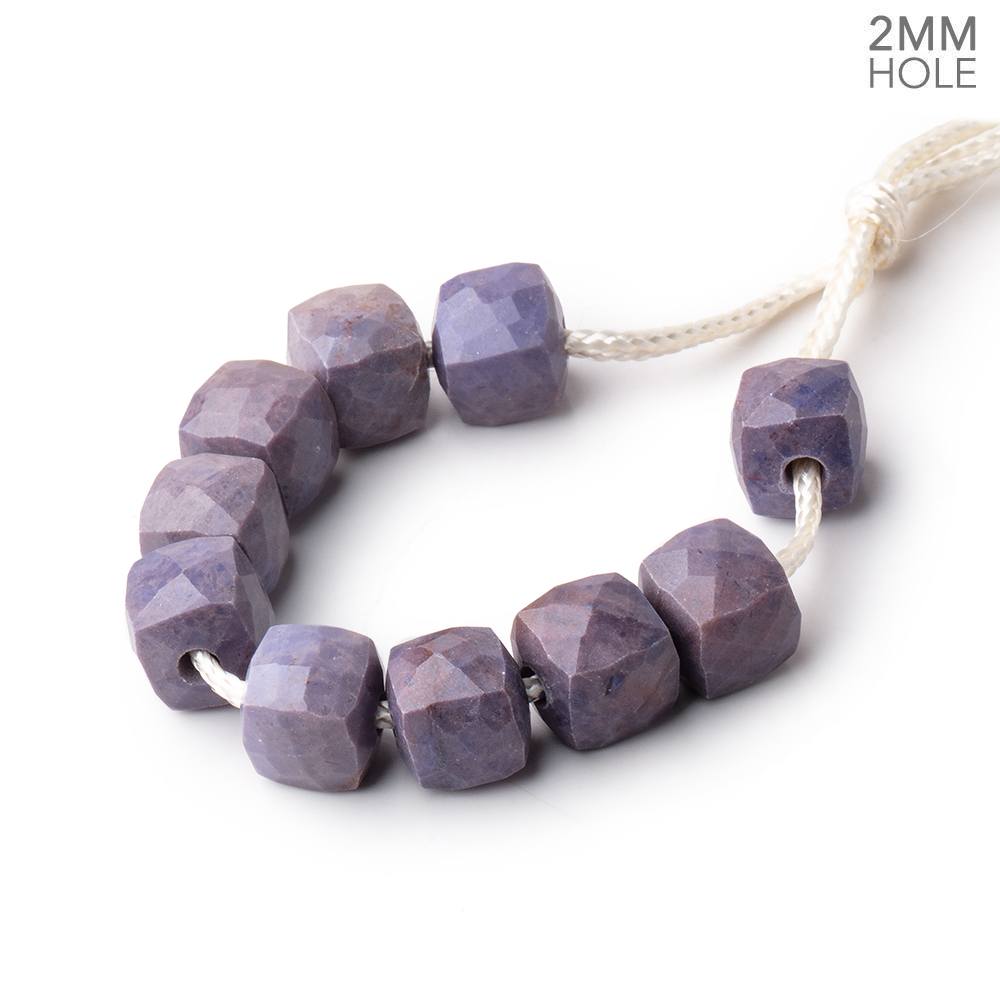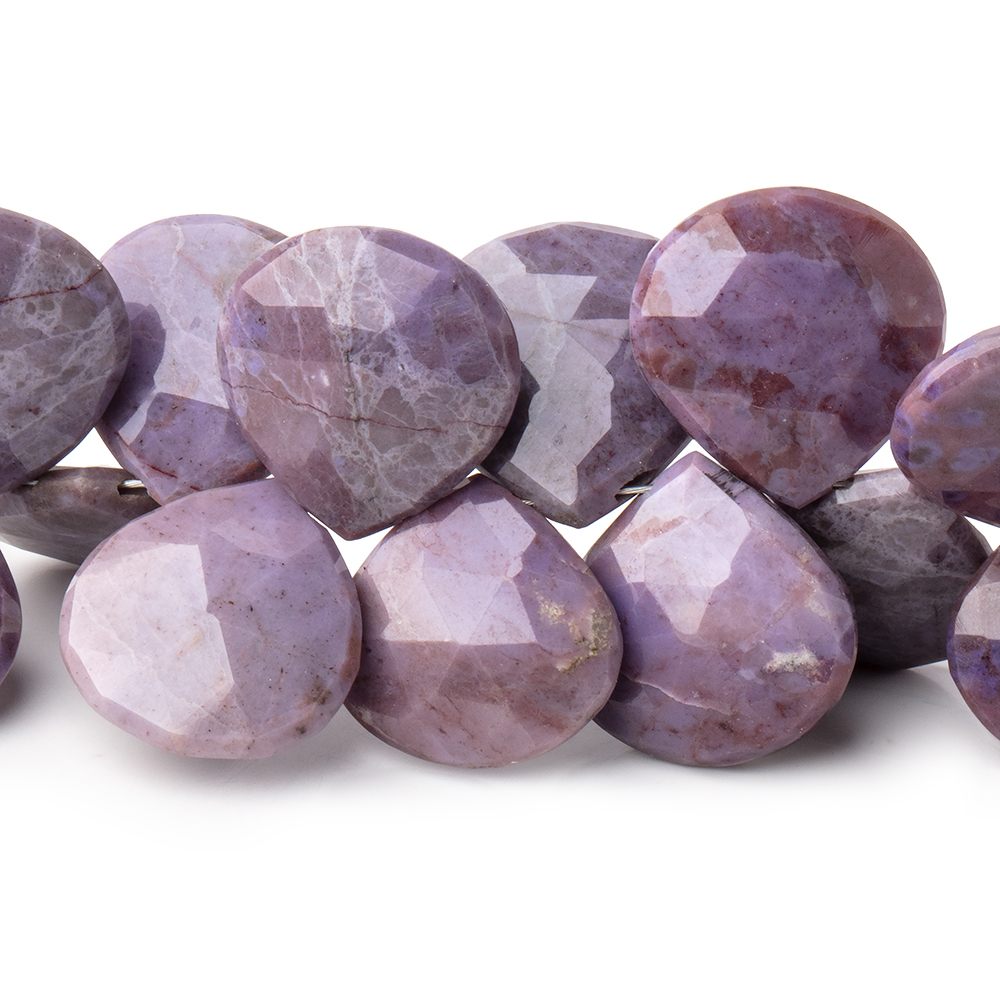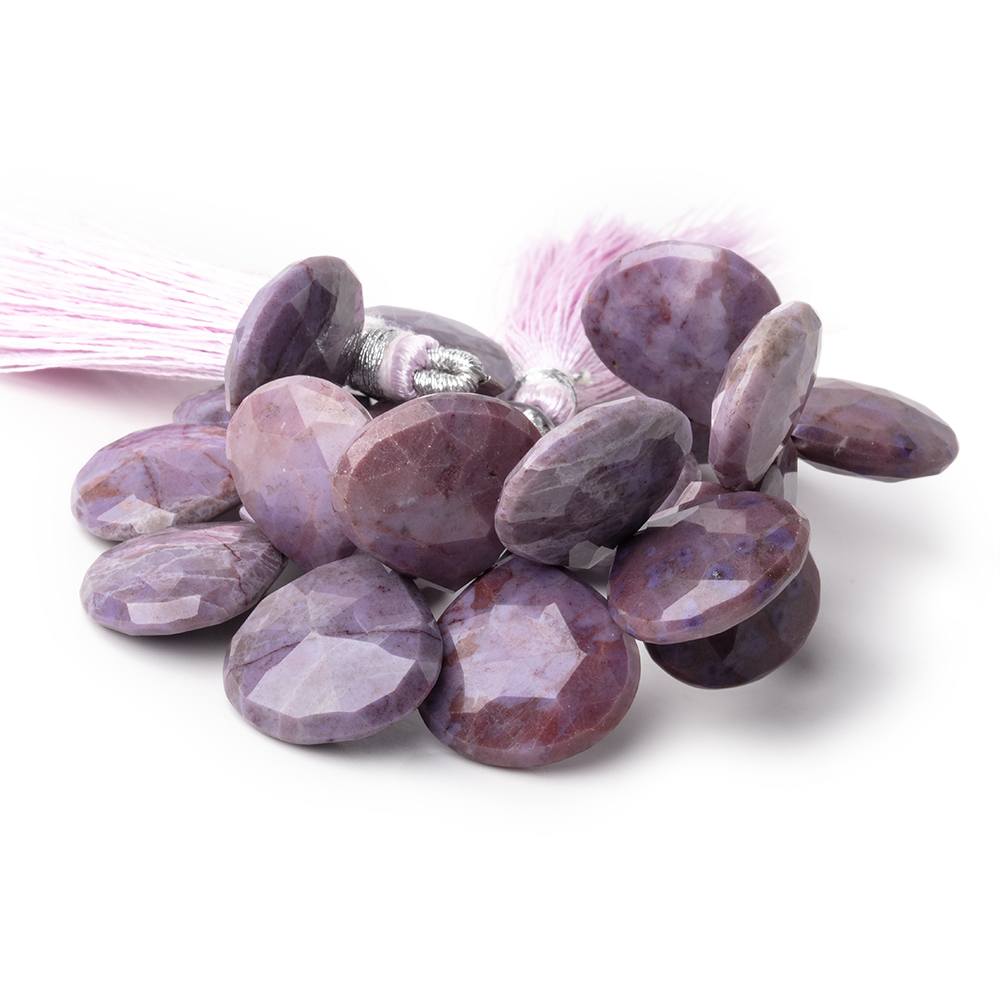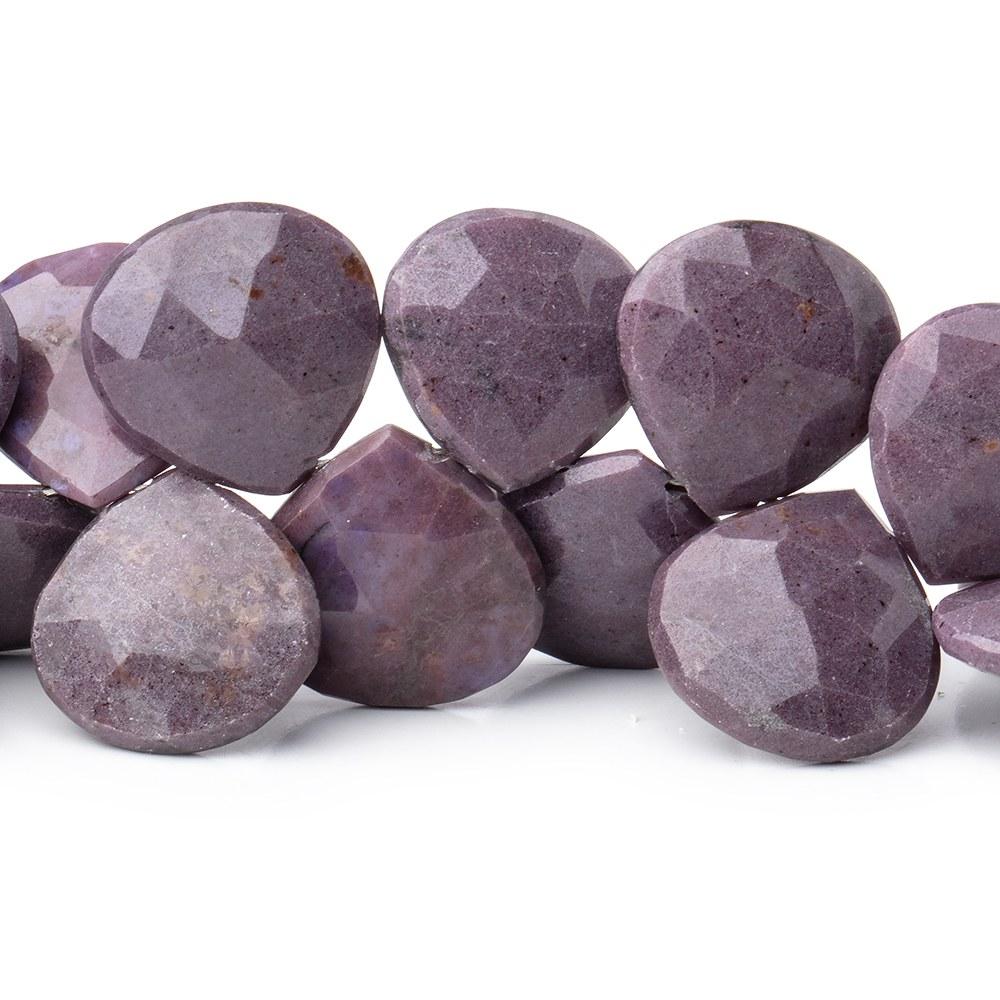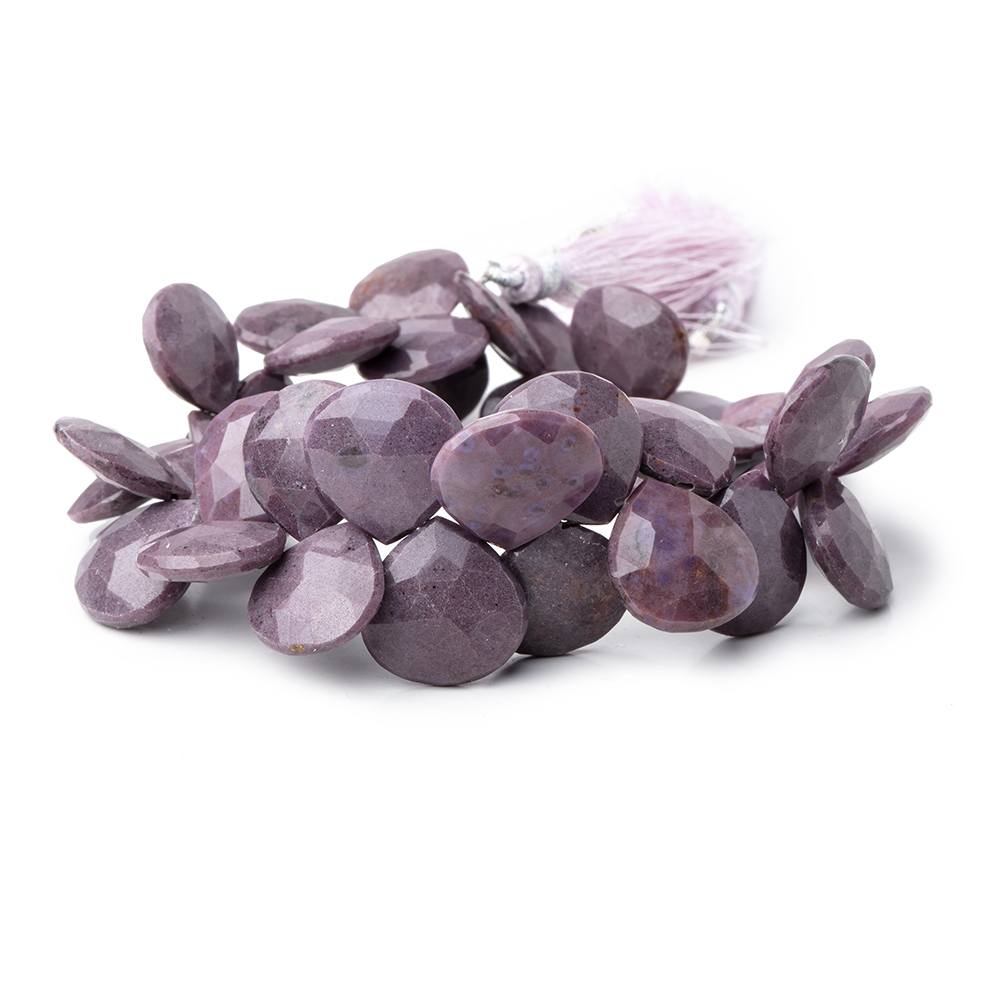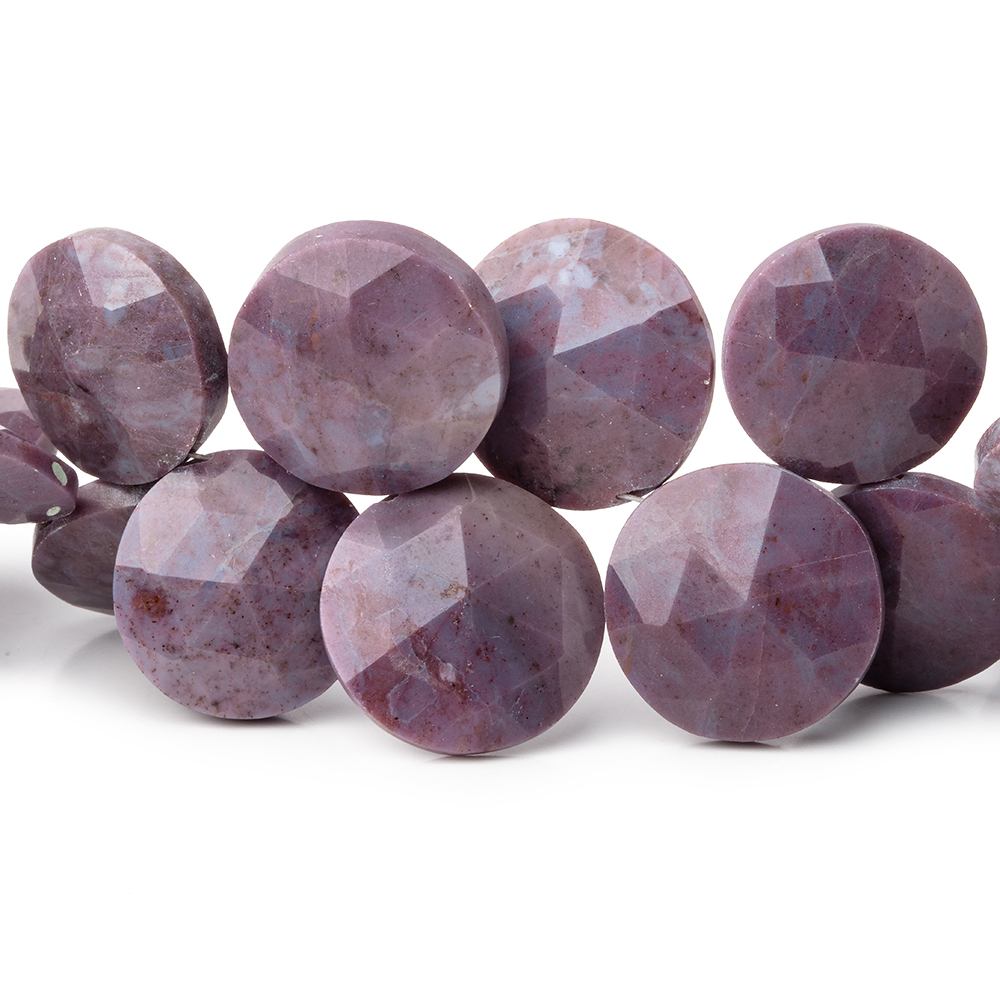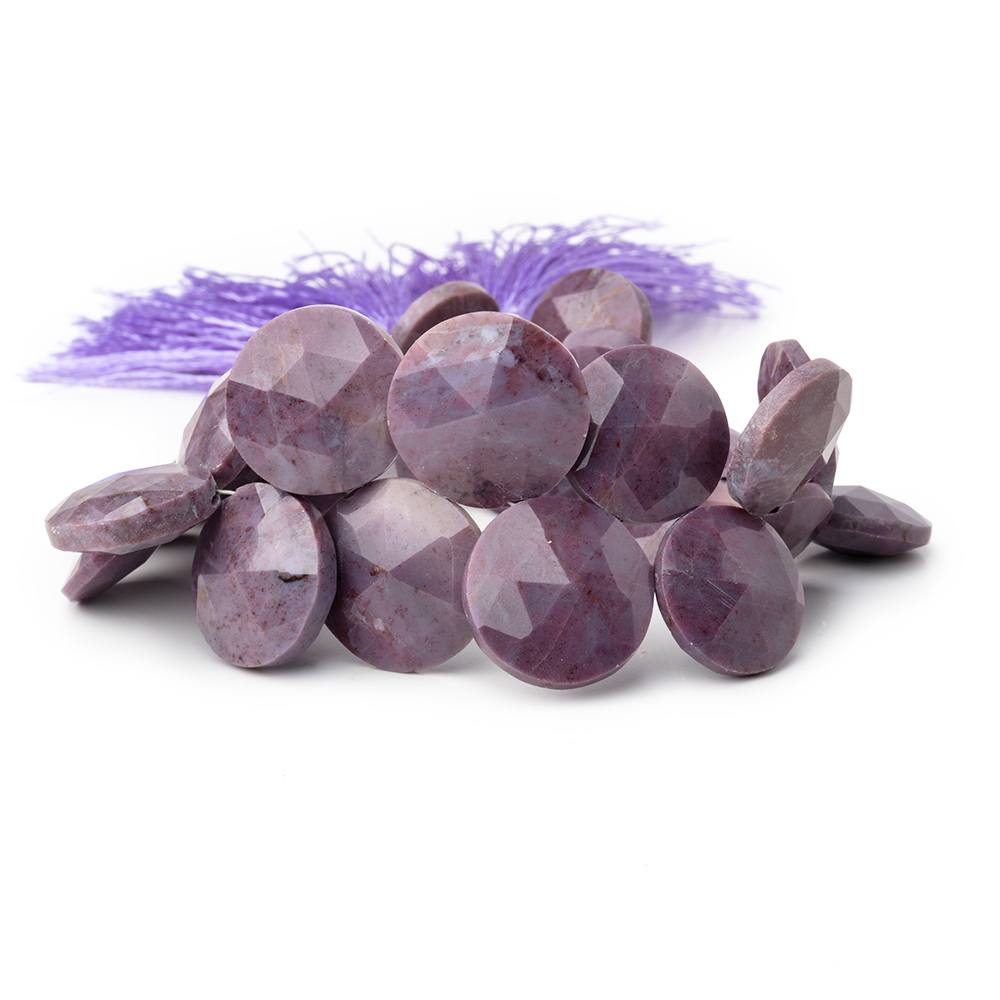Jade Beads
Explore our stunning Jade Beads to appreciate their silky smoothness, relaxing green tones, and classic beauty. At Beads of Cambay, our team recognizes that every piece of jewelry design you produce reflects your taste and creativity as an artisan. That is the reason why our selection of Jade Beads provides the ideal combination of sophistication and lasting quality, making your handmade jewelry exude both elegance and significance. For personal use and commercial design, these beads provide the ideal option to translate your creative vision into life.
The Rich History of Jade: A Stone Revered by Ancient Cultures
Since ancient times, jade has occupied a unique place in the timeline of human history. Ancient cultures, ranging from China to Mesoamerica, appreciated Jade not merely for the outstanding beauty it presents but also due to the meaning it represented. It was a stone that was believed to be associated with harmony, wisdom, and prosperity, usually during periods exclusively used by royals and religious rites. With the selection of Jade Stone Beads for jewelry, you’re not merely picking a gem; you’re continuing on a tradition that spans centuries and comes with tales of culture and heritage.
The Metaphysical and Healing Properties of Jade
It has long been thought that jade is a protective and balancing stone. It is also thought to promote peace in daily life and aid in emotional healing. It is also believed to be an attractor of abundance and good fortune. Both with and without the metaphysics, it is, of course, very grounding and comforting to work with Jade Beads, making them an appropriate choice both as personal jewelry and gifts that will be meant to endure heartfelt intention.
Jade in Modern Jewelry Making: A Versatile Gemstone
Nowadays, Jade still motivates beaders around the globe. From earrings and bracelets to elaborate necklaces, Jade Beads for beading give you unlimited design ideas. Their gentle tones vary from very pale greens to darker shades, so you can craft pieces that can be both elegant and daring by design. Combine them with other Gemstone Beads, sterling silver, or gold findings, and you will have pieces that instantly exude refinement and timeless elegance.
Where to Find High-Quality Jade Beads?
At Beads of Cambay, our specialty is providing nothing but the highest quality Real Jade Beads that can satisfy jewelry designers globally. Quality is by no means compromised, as the beads that we source and supply come with a smooth polish, matching tone, and superior cut. You can be sure that if you buy beads from us, the pieces that you produce will be professional-looking, long-lasting, and of true value. We ensure that each strand that you purchase allows you to work with ease and delight.
Incorporating Jade into Your Life and Jewelry Designs
Adding Jade to your pieces gives them a poignant element of history and integrity. From utilitarian pieces of everyday use to strong statement pieces of jewelry to gifts, the Jade will complement every element of design perfectly. Because it is long-lasting, one of these pieces will become a refined piece of heirloom quality, handed down by the family for generations, and by virtue of the timeless appeal of the pieces, will be popular always.
Embrace the Timeless Beauty of Jade
Jade Beads bring together history, beauty, and versatility in one gemstone. They are a meaningful addition to your bead collection and a reliable choice when you want your jewelry to stand out with enduring charm. At Beads of Cambay, we’re here to provide you with high-quality strands that let your creativity flow.
Hear what customers are saying about our service and products!
We are rated 4.9 out of 5 stars. 3000+ Five-Star Reviews.





